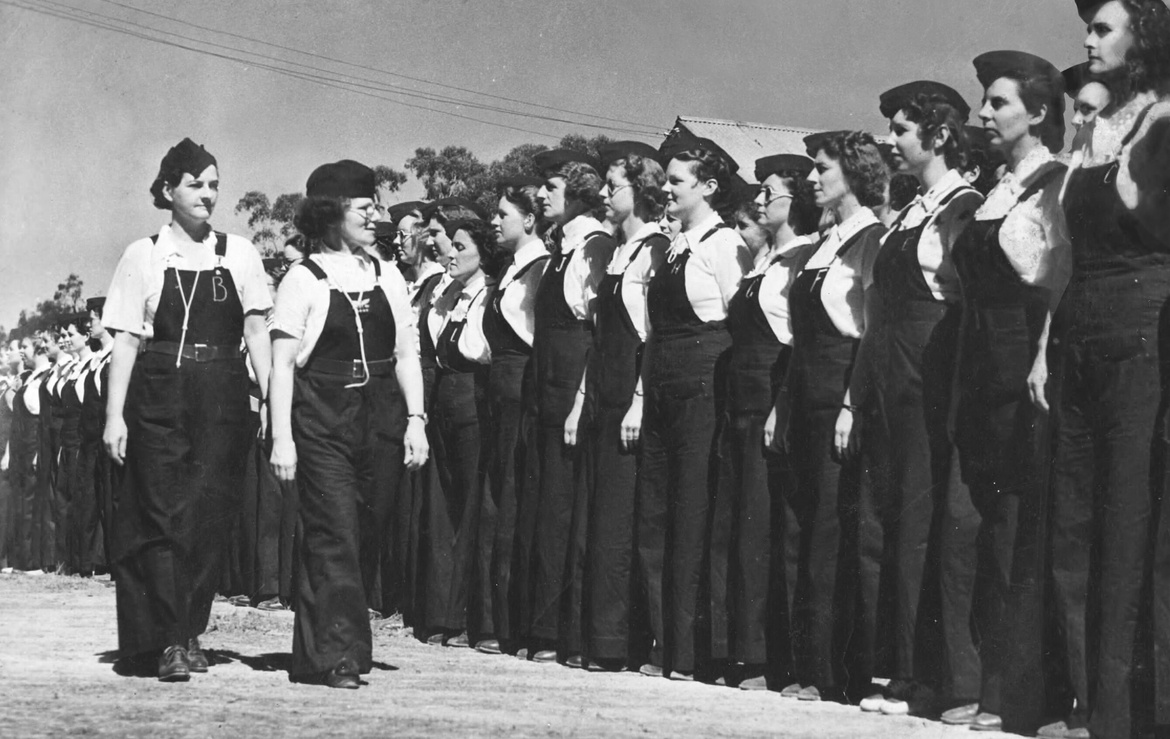Throughout history, the innovation and progression led by women in technological development has far too often been overlooked. This International Women’s Day, we look at some of the fundamental women in the history of technology and their legacies that continue in the brilliant minds of cybernetics today.
The women who paved the way#
In the development of cybernetics, several key women can be thanked for their innovation and bold movements in the space. Ada Lovelace was fundamental to developing the world’s first complex computer program in 1843. She did this 100 years before the first computer even existed. Then she was forgotten for decades.
Ada realised the significant potential of the device far beyond its original invention for number crunching. The implications for modern computing were beyond substantial, but vastly overlooked.

Florence Violet McKenzie was another pioneer in the space, becoming Australia’s first female electrical engineer in 1923. She became the first female amateur radio licensee, and later established the Women’s Emergency Signalling Corps, forming an integral part of communications in the war.
Our very own Distinguished Professor Genevieve Bell, Director of The Australian National University (ANU) School of Cybernetics, carries her legacy as the inaugural appointee to the Florence Violet McKenzie Chair.
These women innovated in a space that was, and still is, ripe for disruption. We can thank them for creating the technological base that has brought cybernetics to where it is today.
Celebrating International Women’s Day#
This International Women’s Day, three women from the ANU School of Cybernetics shared their insights on the importance of diversity in systems thinking and cybernetics. They reflected on how diversity breeds successful inclusion and moves broader society towards common good.
International Women’s Day isn’t just a day for those identifying as female. It starts conversations about why ensuring diversity in all avenues is paramount for equitable progression. At the ANU School of Cybernetics, this isn’t a conversation to be had one day per year, but rather a constant reflection on how we can empower a greater range of voices to expand our ideas.
Why diversity and why now?#
Since the dawn of the 21st century, we’ve seen the rise of social media, the emergence of self-driving cars, widespread internet use, and the progression of autonomous flying vehicles.
In what is being increasingly referred to as ‘the information age’, there is rapid development in technological systems. This begs the question of how we can ensure these advancements benefit all societal branches.
Associate Professor Dr Kim Blackmore from theANU School of Cybernetics and the ANU Gender Institute explains that everybody responds differently when looking at how society responds to technology.
“If we don’t have a range of voices in the conversation, many things will be missed. That means different genders, different cultures, different stages of life and different abilities to understand what is happening from those different perspectives,” Dr Blackmore says.
“We’ve seen that including people from diverse perspectives in the early stages of development really has a flow-on effect for broader society, not just those groups.”
For example, when Apple Health debuted in 2014, its users could track various health concerns from step count to sodium intake and blood alcohol content. The functions were impressive, with senior software engineer Craig Federighi boasting that “you can monitor all of your metrics that you’re most interested in.”
But this did not, for almost a year, include period tracking.
“It baffles me that this happened in this century,” PhD candidate Chloe Skafte said.
“They somehow completely missed that nearly half of the world’s population has a menstrual cycle. This demonstrates how we still need to be actively including a range of perspectives into conversations from idea generation, development, deployment and decommission,” Skafte says.
The digital gender gap, a space to innovate#
Unsurprisingly, the rapid growth we’ve seen in internet use has benefited some groups more than others.
This gap not only means that many women are offline but are also excluded from the countless opportunities the internet provides. There has been minimal improvement since 2011, with 250 million fewer women online than men. The effects are also felt at the country level, with governments in 32 countries, including Nigeria, Egypt and India losing an estimated $126 billion from women unable to contribute to the digital economy.
“There is a digital gap, absolutely there is,” explains Dr Safiya Okai-Ugbaje, lecturer at the ANU School of Cybernetics.
From her perspective as an African woman in STEM, she says that while this is a global issue, often it is more prominent in developing countries.
“The world has moved on, it is no longer enough just to have an education, or know how to read and write,”_ Dr Okai-Ugbaje says.
“We are at the point where women need to be co-creators and innovators of technology, not just consumers.”
Dr Blackmore agreed that we should be moving towards empowering women to feel more capable in contributing to, and controlling the direction of future technologies.
Diversity in cybernetics, gendered and beyond#
Cybernetics is all about the nexus between technology, humans and the environment, and how we can assist in developing safe, sustainable and responsible systems.
This means development that can’t be achieved in isolation. Development that requires the input of many voices for maximal reward.
“Cybernetics has such a complex and long history. At the school, we are bringing to light some of those historical figures and perspectives that haven’t necessarily been captured and retold through other historical accounts,” Skafte explains.
“We’re trying not to let those women be erased from history by retelling their stories and acknowledging their presence, in whatever capacity that may have been.”
Cybernetics is unique because it encourages us to think in broad, complex, interconnected systems. It is a field that tries to bring people from various backgrounds together to find solutions to common problems.
Diversity in gender and beyond is an integral component of cybernetics, not just on International Women’s Day. We need to continue the conversations from today well into the future.

